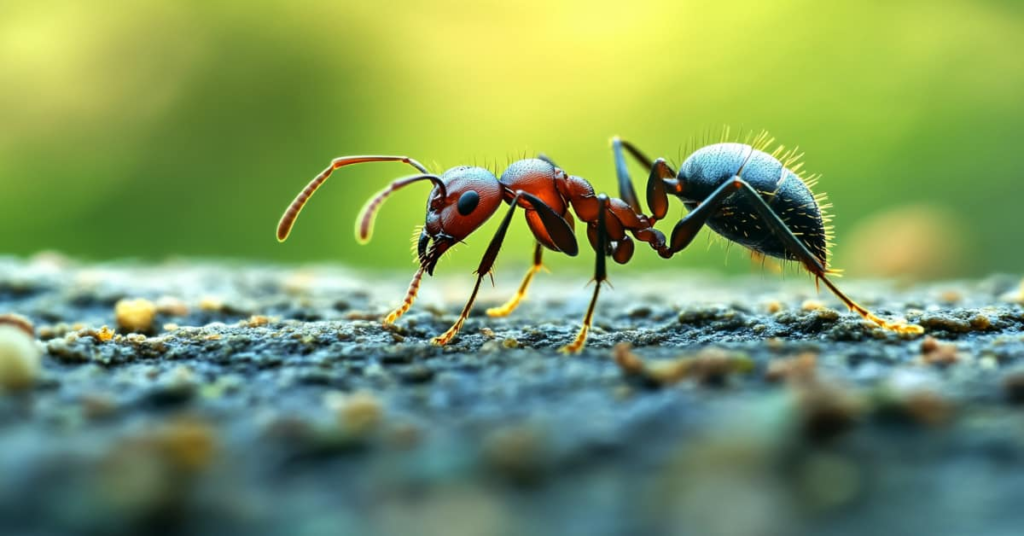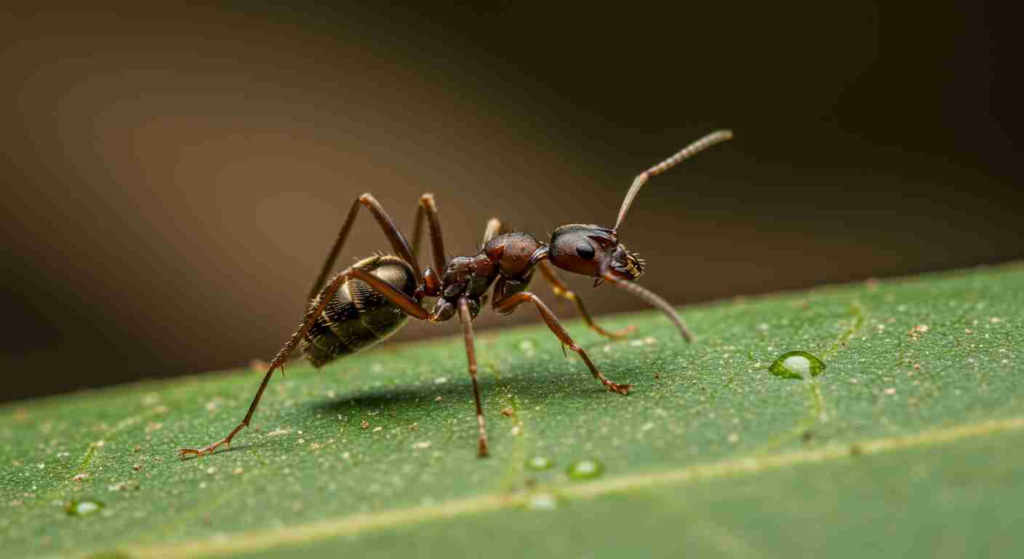The U.S. Forest Service has issued a serious warning about the rapid spread of the invasive Asian needle ant (Brachyponera chinensis) in several parts of the country. Native to Southeast Asia, this ant species is now becoming a significant threat to both natural ecosystems and public health in the United States.
First discovered in Georgia in the 1930s, the Asian needle ant had remained relatively low-profile until recent years. However, new sightings and population surges have raised concern among environmental officials, especially in states across the Southeast and mid-Atlantic regions.
According to the USDA Forest Service, this invasive species can thrive in both urban and rural areas, making containment even more difficult.
What Makes the Asian Needle Ant So Dangerous?
Unlike many common household ants, the Asian needle ant is aggressive and venomous. Its sting can cause intense pain, allergic reactions, and in some rare cases, even life-threatening anaphylaxis in sensitive individuals. These ants are most active in spring and early summer, increasing the risk of stings during outdoor activities like gardening, hiking, and picnicking.

Beyond the public health risk, the Asian needle ant also poses a danger to biodiversity. It is known to displace native ant species and disrupt ecological balance. Unlike the red imported fire ant, which prefers open sunny areas, the Asian needle ant thrives in shaded, moist environments such as forests, mulch beds, and under logs — areas where native ant colonies are often found.
To understand more about how invasive species impact local wildlife and biodiversity, readers can refer to the National Invasive Species Information Center.
Rapid Expansion Across U.S. Forests and Backyards
The Forest Service reports that Asian needle ants have now been spotted in more than 20 states, including North Carolina, South Carolina, Georgia, Alabama, Virginia, Tennessee, and as far north as New York.
Dr. Emily Winters, an entomologist with the USDA Forest Service, emphasized the concern. “This ant spreads silently and quickly. Its colonies grow in hidden, humid environments, making it very difficult to detect until it’s too late,” she said.
Winters also noted that the ant’s ability to survive in cooler climates has enabled it to spread farther north than previously predicted. Climate change and increased transportation of landscaping materials such as mulch and potted plants are believed to be major contributors to the ant’s expansion.
How to Identify the Asian Needle Ant
These ants are small — about 5 millimeters in length — and have dark brown to black bodies with lighter-colored mandibles. The most defining feature is their long, slender stinger, which gives them the name “needle” ant.
They often nest under rocks, logs, and leaf litter in moist wooded areas and may be seen foraging in small groups. The Forest Service advises the public to be cautious and avoid disturbing suspected nests.
Steps You Can Take to Protect Yourself and the Environment

The Forest Service has outlined a few simple but effective precautions for homeowners, hikers, and nature lovers:
- Be cautious in wooded, shaded areas. If you’re gardening or hiking, wear gloves and long sleeves.
- Inspect landscaping materials. Before bringing mulch or potted plants into your yard, check for ant activity.
- Report sightings. If you think you’ve spotted an Asian needle ant, take a clear photo and report it to your state’s Department of Agriculture or the USDA Forest Service.
- Avoid chemical treatments unless advised. Misusing pesticides can harm native species and the environment.
Staying informed and taking small steps can prevent bigger problems in your own yard and community.
What’s Being Done to Stop the Spread?
Federal and state agencies are now actively coordinating to track and manage the Asian needle ant’s spread. Surveillance programs are being expanded, and researchers are studying the ant’s behavior to develop more targeted control methods.
Public education is also playing a crucial role. The Forest Service is collaborating with local parks, schools, and community groups to raise awareness.
“Awareness is our strongest defense right now,” said Forest Service spokesperson Rachel McCullen. “We’re urging everyone to be informed and take simple precautions. The earlier we detect and respond, the better chance we have to contain it.”
To read about similar wildlife issues and local impacts, check out stories like A Curious Shop and Cafe Opens in Beacon, New York.
Ecological Impacts Beyond Ant Colonies
In addition to crowding out native ants, the Asian needle ant affects other insects including pollinators. Its aggressive foraging habits disrupt the delicate interactions between native ants and plants, which can lead to a ripple effect in the ecosystem.
Studies have shown that areas infested with Asian needle ants experience reduced ant diversity, which in turn changes seed dispersal patterns and affects how soil nutrients are distributed — critical elements in maintaining healthy forests and gardens.
Citizens Play a Key Role in Defense
While government agencies are leading the fight, experts emphasize the importance of citizen science. With the help of smartphone apps and reporting tools, ordinary people can help track the ant’s spread.

“The public is our eyes on the ground,” said Dr. Winters. “If even 10% of homeowners checked their yards, we’d gather valuable data that could help manage this threat.”
Free apps like iNaturalist or local extension services can help individuals participate in ant tracking and biodiversity reporting.
Stay Safe and Stay Informed
As the weather warms up and outdoor activities increase, the risk of encounters with the Asian needle ant grows. The Forest Service advises everyone to stay alert, especially in parks, trails, and shaded residential areas.
Early detection, public reporting, and safe outdoor practices will be crucial to controlling the invasive spread. Though small in size, the Asian needle ant represents a large and growing challenge for conservation and public health officials alike.
Also Read – Discover America’s Best Hidden Lakes, Forests, and State Parks






